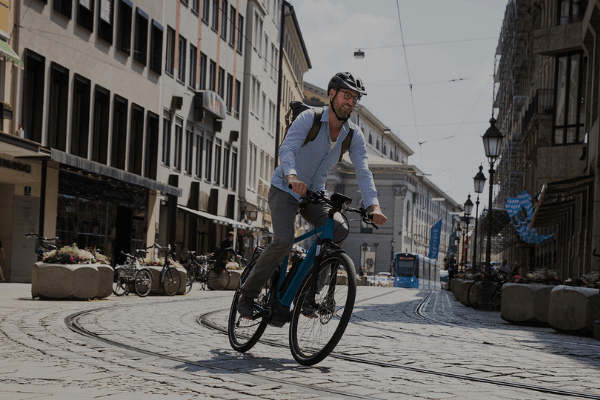The first months of 2021 confirmed last year's trend: requests for e-bikes are growing day by day, especially with the arrival of the summer.
Suffice it to say that in just five years the e-bike market has quintupled sales data, going from just over 50 thousand pieces to 280 thousand in 2020.
This growth has not only generated and expanded business prospects linked to the sector, but has also broadened the audience of use and given rise to new habits for short and sustainable journeys.
Especially following the pandemic, which brought to light problems related to micro mobility, as well as the need to distance oneself from other people and experience the outdoors in complete safety, new habits have been established regarding urban cycling.
Eco-Counter, a company specialized in counting bicycle trips in countries around the world, recently released a document certifying that in the month of March 2021, in Italy, there was a +69% of bikes in transit on weekdays and a +55% counting all the days of the week.
As the data shows, Italy is the country that, in percentage terms, has recorded a great boom in e-bike travel, followed by Great Britain, Portugal, Spain, Finland, Sweden, France and Belgium.
In addition to Covid, the bike bonus and the new cycle infrastructures created by various cities to encourage the use of bicycles in everyday life have certainly started a new "Era" of bikes as protagonists in post-Covid mobility.
As proof of this, a study conducted on several European cities found that in cities where infrastructure dedicated to bicycles has been added, cycling has increased significantly compared to cities that have not invested in cycle paths and cycle paths.
The increase was recorded above all in large cities, where public transport was the most popular but with the growth in the need for social distancing, it was necessary to change direction towards a faster and safer type of travel.
The researchers analyzed 106 European cities, collecting data such as the lengths of cycle paths and data provided by bike counters.
From research conducted between March – July 2020, researchers found that in cities that built bike-friendly infrastructure, cycling increased by 11 to 48%.
“It almost seems like a natural law that the more infrastructure you have, the more cycling you will have,” Sebastian Kraus, author of the study, told The New York Times.
Precisely for this reason we are convinced that these are not just "fads of the moment" but are habits that will become increasingly rooted in our daily lives.

